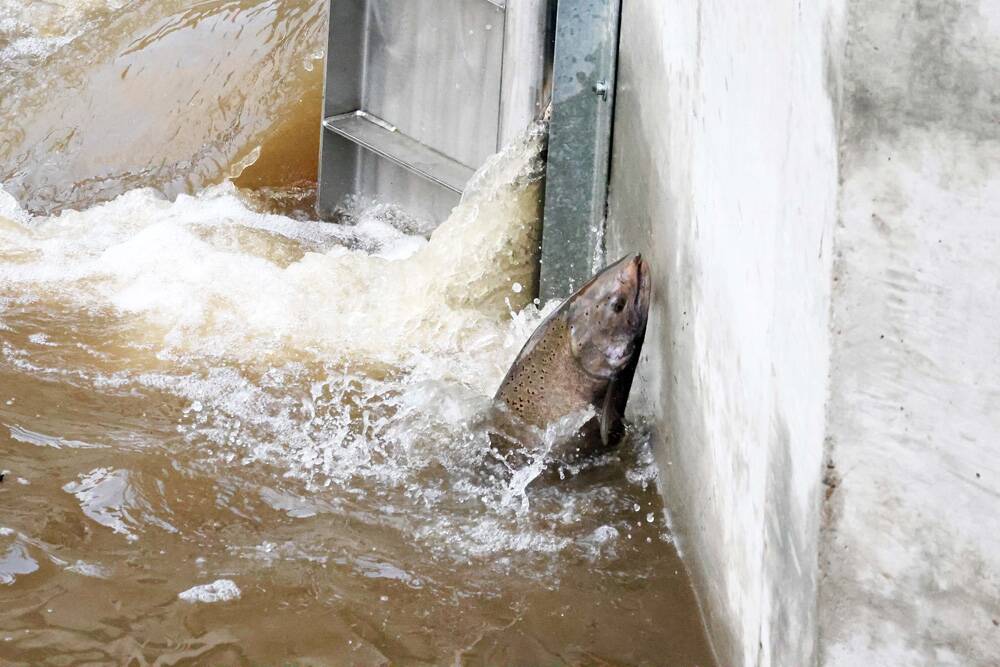Salmon Return to Alameda Creek
Recent winter storms in the South Bay have attracted adult Chinook salmon migrating into lower Alameda Creek.
For the first time in over fifty years, these salmon can also access the upper watershed. Former barriers at the BART weir and inflatable bladder dams are now passable by fish due to newly constructed fish ladders by the Alameda County Water District and Alameda County Flood Control District.
This incredible opportunity for salmonids to migrate throughout the Alameda Creek watershed is the product of decades of hard work to improve fish passage by a myriad of partners in the longstanding Alameda Creek Fisheries Work Group, including the Alameda County Water District (ACWD) and Alameda County Flood Control District, Alameda Creek Alliance (ACA), California Department of Fish and Wildlife (CDFW), San Francisco Public Utilities Commission (SFPUC), Zone 7 Water District, Alameda County Resource Conservation District, Trout Unlimited and the National Marine Fisheries Service, among others.
Alameda Creek is the largest local tributary to San Francisco Bay. To better understand how fish populations will use and move through the newly connected creek, volunteers will monitor and observe fish and spawning beds throughout different stretches over the next few months. This monitoring work is crucial to inform historical habitat recolonization by Chinook salmon and steelhead, to inform future restoration efforts, and to deter poachers.
On December 12, 2022, Alameda Creek Alliance (ACA) volunteers observed salmon using one of the new fish ladders and ACWD confirmed Chinook moving through the fishway. CalTrout is proud to partner with ACA to build out and lend capacity for the volunteer program including trainings. Learn more about the Alameda Creek volunteer monitoring program here and keep your eyes and ears open over the next couple of months to see or hear about fish spawning in Bay Area streams.


Cover Photo: Chinook salmon in Alameda Creek. Credit: Dan Sarka/Alameda Creek Alliance





